A team of experts have warned that huge seismic events, including volcanic eruptions, plunging global temperatures and destabilization of the Earth's crust will become more common after worrying changes to the surface of the Sun were recorded.
It could take up to 15 years for solar activity to return to normal with extreme weather and freezing temperatures continuing until 2035.
The warning will infuriate environmental campaigners who argue by 2030 the world faces increased sea levels and flooding due to glacial melt at the poles.
Solar activity, measured by the appearance of sun spots, has been declining at a greater rate than at any other time in history, it has emerged.
The Sun is now without spots for the first time in five years after 21 days of minimal activity were observed through the course of 2016.
Although spots reappeared sporadically during the summer, repeated slumps of no activity were recorded through the year.
The trend has prompted scientists to warn that the world is hurtling towards a historic solar minimum event with output potentially dropping to an all-time low.
The phenomena are thought to drive extreme cold weather in Europe, including Britain, Northern America and across the lower southern hemisphere affecting New Zealand and parts of South America.
They have also been linked to major earthquakes in tremor hotspots igniting fears that major cities including Tokyo and Los Angeles could be facing the next 'big one'.
Comment: For a further explanation of this process, read: Earth Changes and the Human Cosmic Connection
Research by the The Space and Science Research Center in Florida revealed a strong link between low solar activity and seismic events.
The study looked at volcanic activity between 1650 - 2009 and earthquake activity between 1700 - 2009 comparing it to sunspots records.
It revealed a terrifying correlation between reduced solar activity and the largest seismic and volcanic events in recorded history.
Researchers at Japan's Institute for Cosmic Ray Research concluded there is a link between global volcanic activity and solar activity lows.
Study author Toshikazu Ebisuzaki said: "Volcanoes with silica-rich and highly viscous magma tend to produce violent explosive eruptions that result in disasters in local communities and that strongly affect the global environment.
"We examined the timing of 11 eruptive events that produced silica-rich magma from four volcanoes in Japan (Mt. Fuji, Mt. Usu, Myojinsho, and Satsuma-Iwo-jima) over the past 306 years (from AD 1700 to AD 2005).
"Nine of the 11 events occurred during inactive phases of solar magnetic activity (solar minimum), which is well indexed by the group sunspot number.
"This strong association between eruption timing and the solar minimum is statistically significant to a confidence level of 96.7 per cent."
The frequency of sunspots is expected to rapidly decline over the next four years reaching a minimum between 2019 and 2020.
Solar expert Piers Corbyn of forecasting group WeatherAction warned the Earth faces another mini ice age with potentially devastating consequences.
He said: "We are now in a decline of solar activity and are on course for a very quiet period.
"This can cause a shift in the jet stream making it move further south and as a result it turns very cold in temperate latitudes including Europe, Britain and North America.He said the link between huge changes in solar activity and earthquakes is down to a reduction in the strength of magnetic fields around the Earth.
"We are anticipating temperatures to drop leading to ocean water freezing and ice drifts washing up around the coasts in Europe - we expect the next mini ice age."
Japan, America, the Philippines and quake prone regions of the Middle East and Asia are about to be put on high alert, he warned.
He explained fewer solar flares associated with a minimum period reduce the magnetic pull over the surface of the Earth.
This stops all movement of tectonic plates, even the frequent harmless shifts which go unnoticed, allowing huge pressure to build up underneath the Earths crust.
The result, Mr Corbyn said, is much like a pressure cooker with any slightest movement triggering a massive earthquake.
"Think of it like comparing two bags of sugar being filled," he said.
"If you have one with a small hole in the bottom it is constantly emptying while more is being added so there is no overall effect.
"The other has no hole so it gets fuller and fuller until eventually it bursts, this is the sort of thing we are taking about.
"What we expect is fewer earthquakes overall, but more extremely severe ones in at risk regions, and this is very worrying.
"Tokyo, Los Angeles and other big cities could all be looking at the next big one."
Scientists predict the number of observed sun spots will continue to decline over the next few years in the run up to 2020.
Eventually the 'blank period' will stretch into months triggering the start of the next Solar Minimum likely to last 15 years..
It will mark the 24th cycle since 1755 when solar activity was first recorded and the link made to climate and changes in terrestrial conditions.
In Britain, the main threat is of a repeat of the last significant solar minimum which triggered the infamous little ice age in the 1600s.
The so-called maunder minimum saw exceptionally harsh winters ravage the UK and northern Europe and led to the River Thames freezing over.
A Met Office-led study published last year claimed although the effect will be offset by recent global warming, Britain could see cooler than average winters in years to come.
A spokesman at the time said: "A return to low solar activity not seen for centuries could increase the chances of cold winters in Europe and eastern parts of the United States but wouldn't halt global warming.
"Return of 'grand solar minimum' could affect European and eastern US winters."
Solar physicist David Hathaway, of NASA's Marshall Space Flight Centre, added: "The solar minimum is coming, and it's coming sooner than we expected."
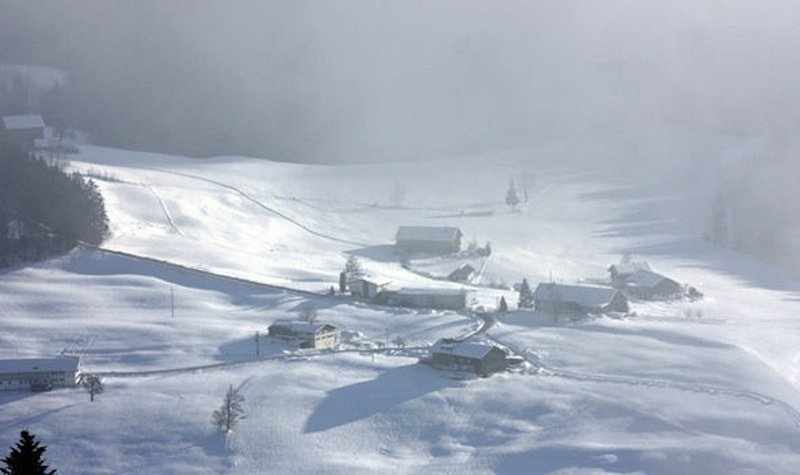
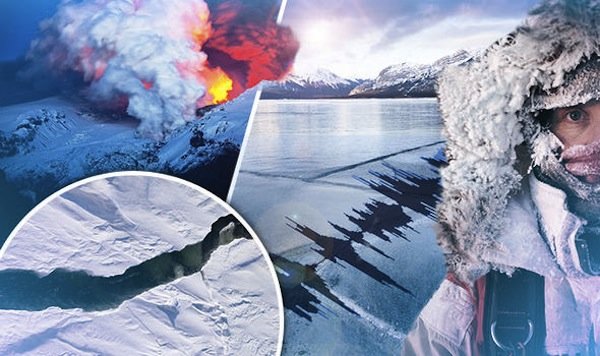
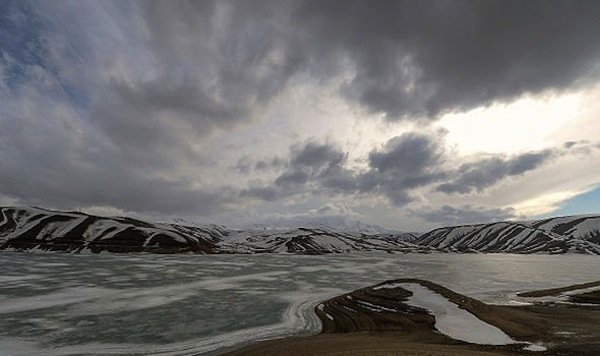
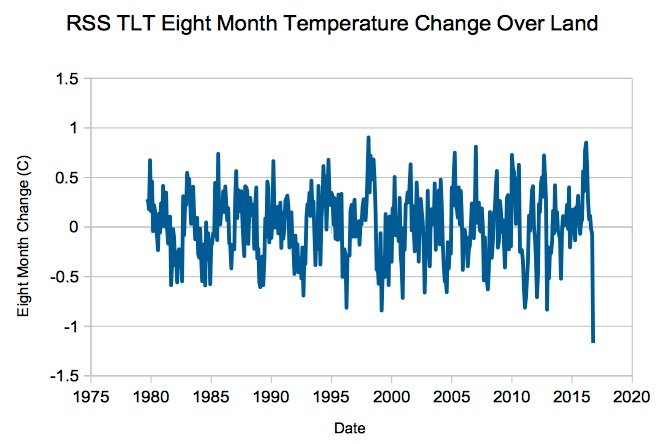
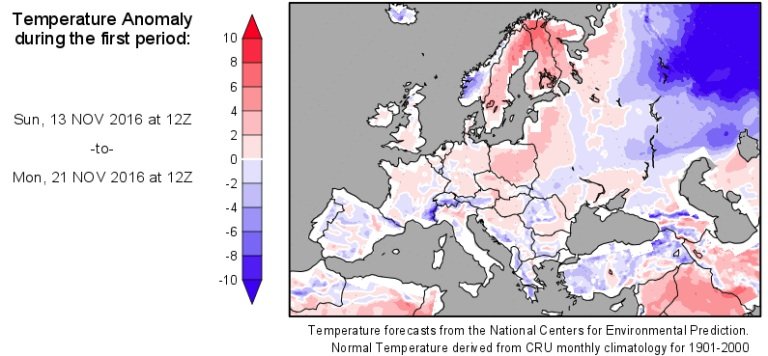



What if we are at the end of our interglacial period, given the norm, and this 'mini' turns out to be a 'max'? It seems the length of interglacials is never mentioned... why?